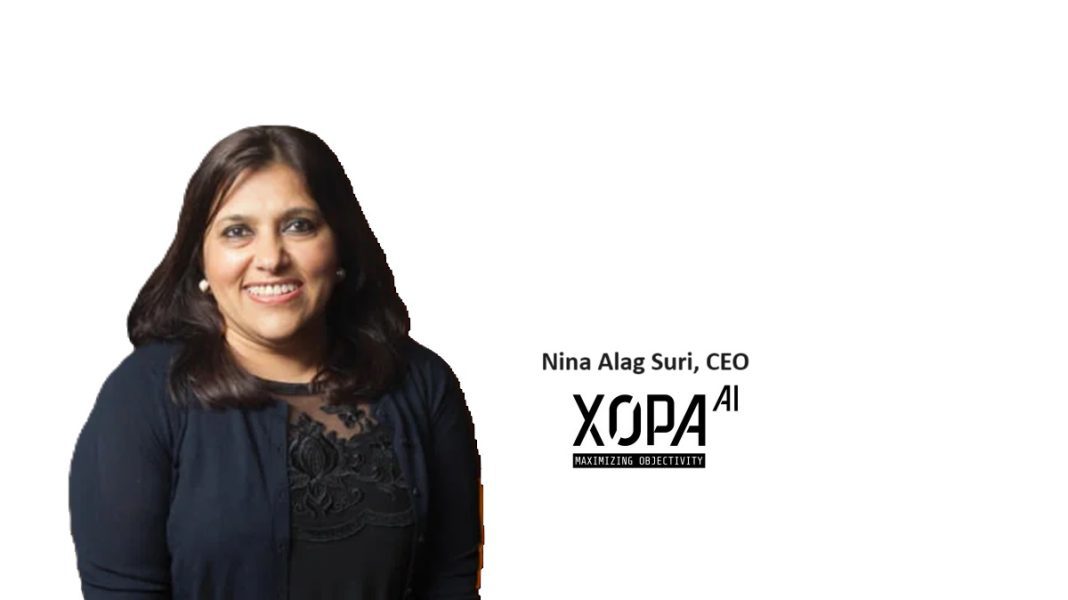UNITED KINGDOM: In the quest for fair and inclusive hiring practices, understanding and mitigating human biases is paramount. As we navigate through the intricate landscape of hiring decisions, it’s crucial to recognize the impact of cognitive shortcuts on our judgment. Nina Alag Suri, Founder and CEO of X0PA AI, sheds light on how these biases manifest and how artificial intelligence (AI) holds promise in reshaping the future of diversity and inclusion (D&I).
The Human Quirks: Unveiling Biases
Confirmation bias, halo effect, horns effect, similarity bias, contrast effect, and anchoring bias—these are the cognitive biases that subtly sway hiring decisions. From clinging to preconceived notions to favoring familiar faces, these biases infiltrate judgment, often leading to skewed outcomes.
Also Read: Renowned AI Strategist Mark Minevich Joins Artefact to Propel Global Impact
Nina Alag Suri delineates these biases with clarity. She emphasizes how confirmation bias nudges hiring managers to cherry-pick information that aligns with their beliefs, while the halo effect blinds them to candidates’ shortcomings. Conversely, the horns effect taints judgments with a single unfavorable attribute, perpetuating discrimination. Additionally, similarity bias fosters homogeneity, hindering diversity initiatives, while the contrast effect distorts evaluations by pitting candidates against each other. Anchoring bias further complicates matters by tethering judgments to initial impressions, stifling objectivity.
AI: A Beacon of Hope for Diversity and Inclusion
While human biases pose significant challenges, AI emerges as a potent ally in the pursuit of fair hiring practices. By leveraging data-driven insights, AI has the potential to counteract biases ingrained in human decision-making processes. It can offer objective assessments, analyze vast datasets, and facilitate standardized evaluations, thus paving the way for equitable recruitment processes.
Nina Alag Suri delineates practical strategies to harness AI’s transformative potential. Clear and objective criteria, diverse data sources, transparent AI systems, and collaborative approaches are integral to mitigating biases effectively. AI not only amplifies human capabilities but also serves as a catalyst for fostering a culture of diversity and inclusion within organizations.
Navigating the Journey Ahead
While AI holds promise, Nina Alag Suri cautions against viewing it as a panacea. Leaders must embark on a journey of ethical AI implementation, ensuring alignment with organizational values and mission. AI’s efficacy in promoting diversity hinges on continuous scrutiny, transparency, and stakeholder engagement.
Nina Alag Suri underscores the symbiotic relationship between AI and human leadership in fostering diversity and inclusion. While AI augments decision-making processes, it’s imperative to uphold human values and leadership. By embracing AI responsibly and championing inclusive practices, organizations can unlock the full potential of diversity, creating environments where every individual thrives.
Also Read: Eugenie Revolutionizes Manufacturing with AI-Driven Digital Twins for Emission Reduction



